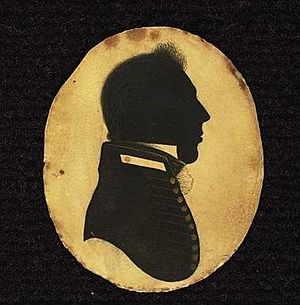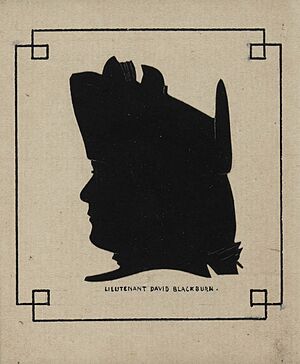HMAT Supply (1759) facts for kids

Replica of HMAT Supply in Sydney Harbour in 1938
|
|
Quick facts for kids History |
|
|---|---|
| Name | HMAT Supply |
| Ordered | 4 April 1759 |
| Builder | Henry Bird, Rotherhithe |
| Laid down | 1 May 1759 |
| Launched | 5 October 1759 |
| Commissioned | 17 October 1759 |
| Decommissioned | 21 April 1792 |
| Out of service | 17 July 1792 |
| Fate | Sold out of Navy service for £600 |
| Name | Thomas and Nancy |
| Acquired | 1792 by purchase for £600 |
| Fate | Last listed in 1806 |
| General characteristics | |
| Class and type |
|
| Tons burthen | 17476⁄94 or 186 (bm) |
| Length |
|
| Beam | 22 ft 6 in (6.9 m) |
| Depth of hold | 11 ft 6 in (3.5 m) |
| Propulsion | Sail |
| Complement |
|
| Armament |
|
HMAT Supply was a small but very important ship in the Royal Navy. She was an armed tender, meaning she was a smaller ship used to support larger warships. Supply played a huge part in starting the first European settlement in Australia, known as the Colony of New South Wales.
The Navy used Supply until 1792. After that, she was sold and used for regular transport of goods until around 1806. It's good to know that there was another ship called HMS Supply that was bought in 1793 to replace her.
Contents
Building the Ship
Supply was designed in 1759 by a ship designer named Thomas Slade. She was meant to be a yard craft, which is a small ship used to carry supplies for the Navy. Henry Bird built the ship in Rotherhithe.
The builders expected to finish her in four months. However, it took about five months to build Supply, from May 1 to October 5, 1759. When finished, she was a bit larger than planned.
Ship's Features
Supply was rigged as a brig, which means she had two masts with square sails.
- She was first fitted with four small 3-pounder cannons.
- She also had six smaller 1⁄2-pounder swivel guns.
- In 1786, her weapons were made much stronger. Four 12-pounder carronades were added.
At first, Supply had a crew of 14 men. When she became an armed tender for the First Fleet voyage in 1788, her crew grew to 55 men.
Ship's Journey and Role
From 1759 to 1786, Supply was used to move naval supplies. She sailed between the Thames and ports along the English Channel. During this time, she was based at Deptford Dockyard. She had small repairs when needed to keep her sailing safely.
The First Fleet Voyage
Supply was one of two Royal Navy ships that escorted the First Fleet. The First Fleet was a group of ships that carried the first European settlers and convicts to Australia.
- She left Spithead in England on May 13, 1787.
- Supply was the first ship to arrive in Botany Bay on January 18, 1788.
- This was recorded in the journals of William Bradley and John Hunter from HMS Sirius. Sirius arrived two days later.
Captain Arthur Phillip was in command of Supply for part of the journey. The ship's captain was Henry Lidgbird Ball, and her master (the person in charge of navigation) was David Blackburn. The ship's doctor was James Callam.
When Botany Bay was found not suitable for a settlement, Supply was the first ship to sail into Port Jackson. This is where the first settlement was finally built.
Connecting the Colonies
After the first settlement was set up at Port Jackson, Supply became very important. She was the main link between the new colony and Norfolk Island. She made 10 trips to Norfolk Island.
In 1790, the ship Sirius was lost. This meant Supply became the only ship connecting the colony to the rest of the world.
- On April 17, 1790, she sailed to Batavia (now Jakarta, Indonesia) to get more supplies.
- She returned on September 19, bringing back a Dutch ship called Waaksamheid that her captain had hired to carry even more supplies.
Supply left Port Jackson for the last time on November 26, 1791. She sailed around Cape Horn and reached Plymouth, England, on April 21, 1792.
David Blackburn, the ship's master, wrote many letters to his family and friends. These letters tell us about the journey and the early days of the settlement. They also describe Blackburn's part in setting up the Norfolk Island colony in February 1788.
The British Navy sold Supply at an auction in July 1792. Her new owners renamed her Thomas and Nancy. She then carried coal in the Thames area until 1806.
Legacy
In 1984, a New South Wales Urban Transit Authority First Fleet ferry was named after Supply. This shows how important the ship was in Australian history.
See also
- Journals of the First Fleet
- Longitude watch K1



